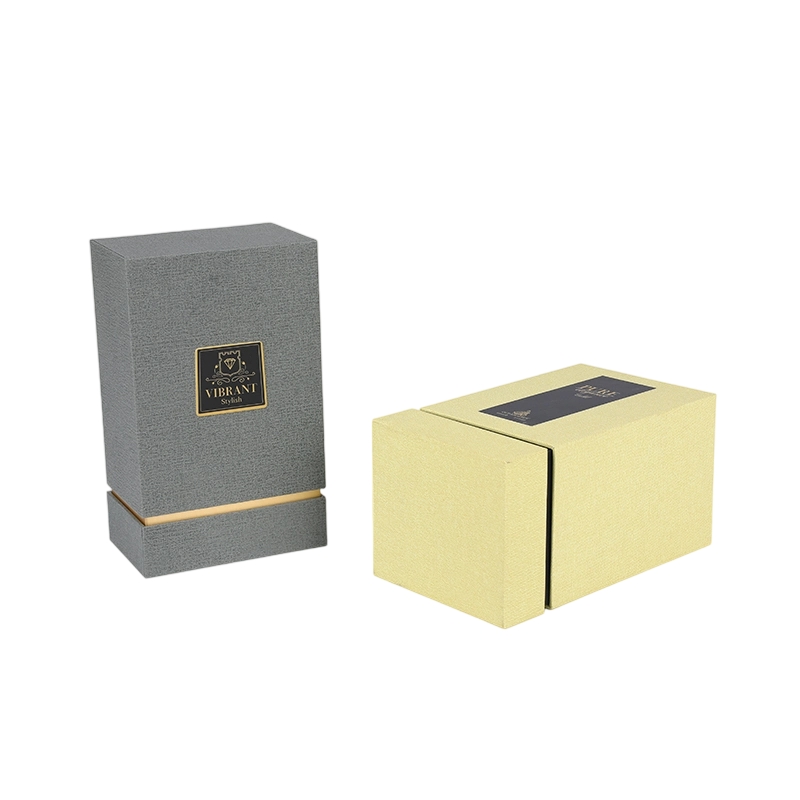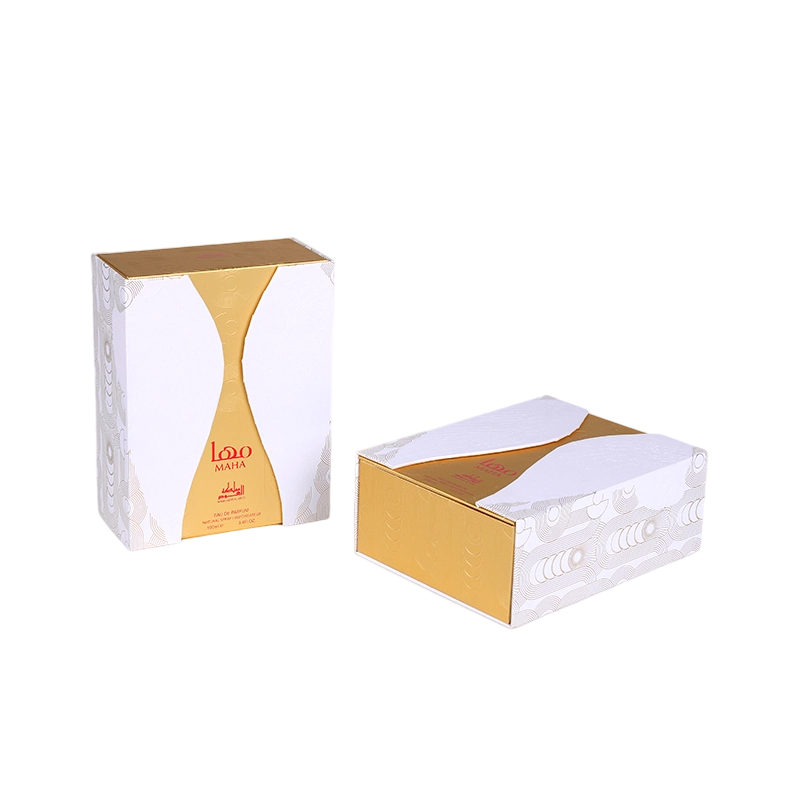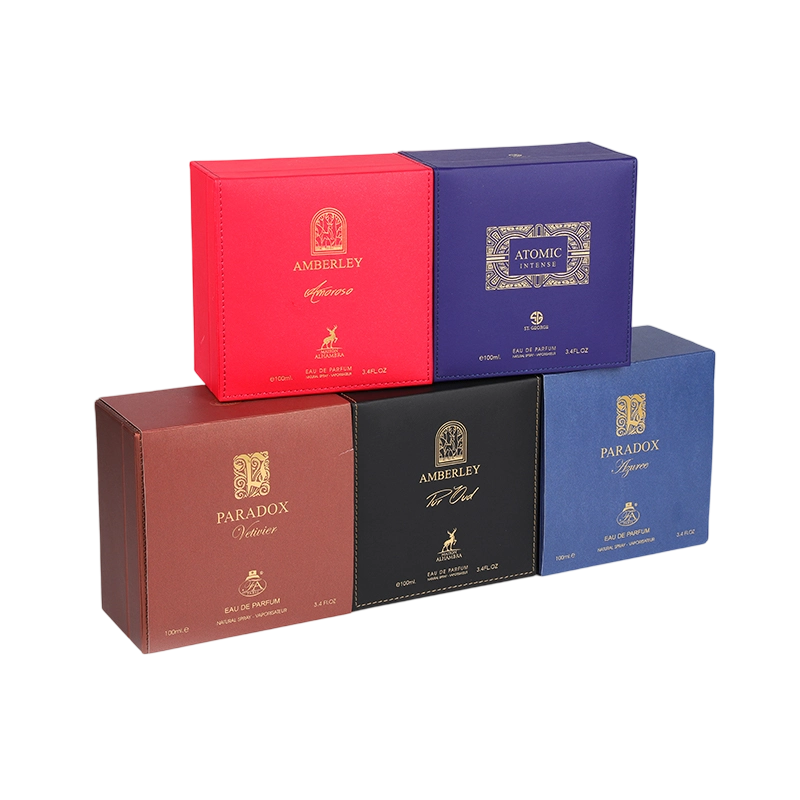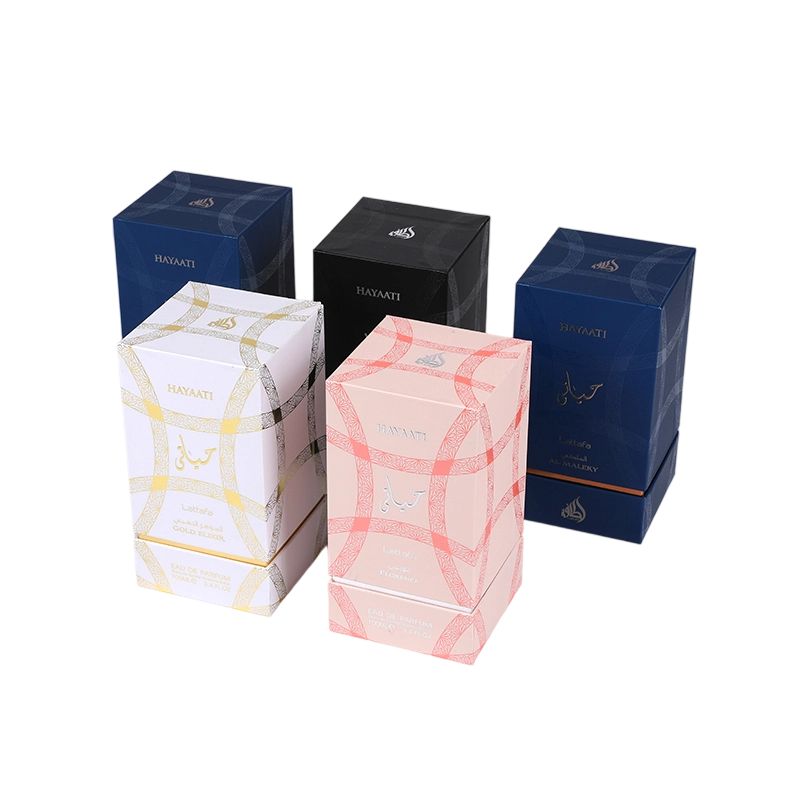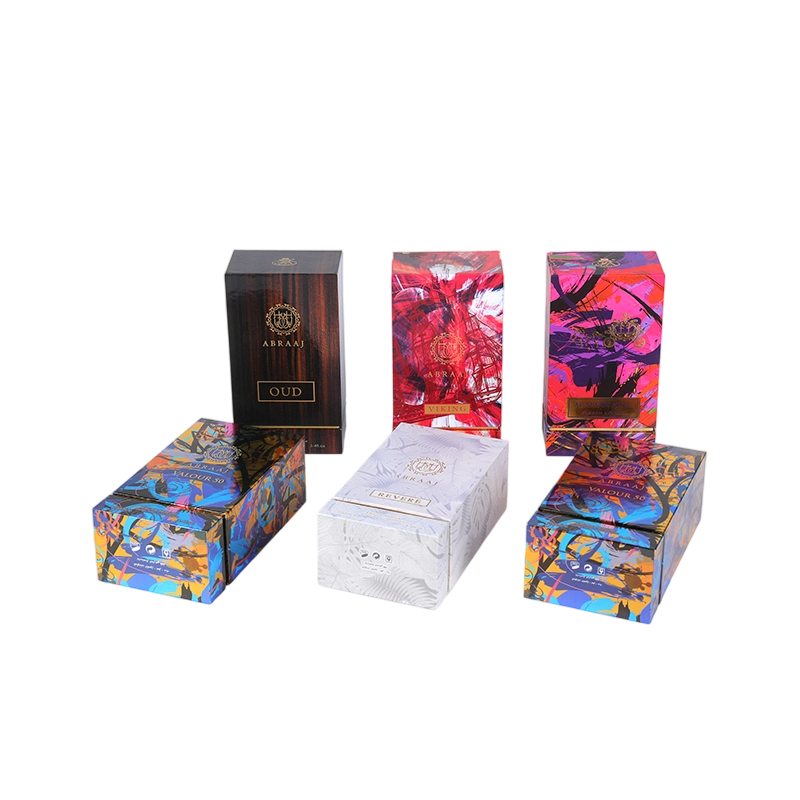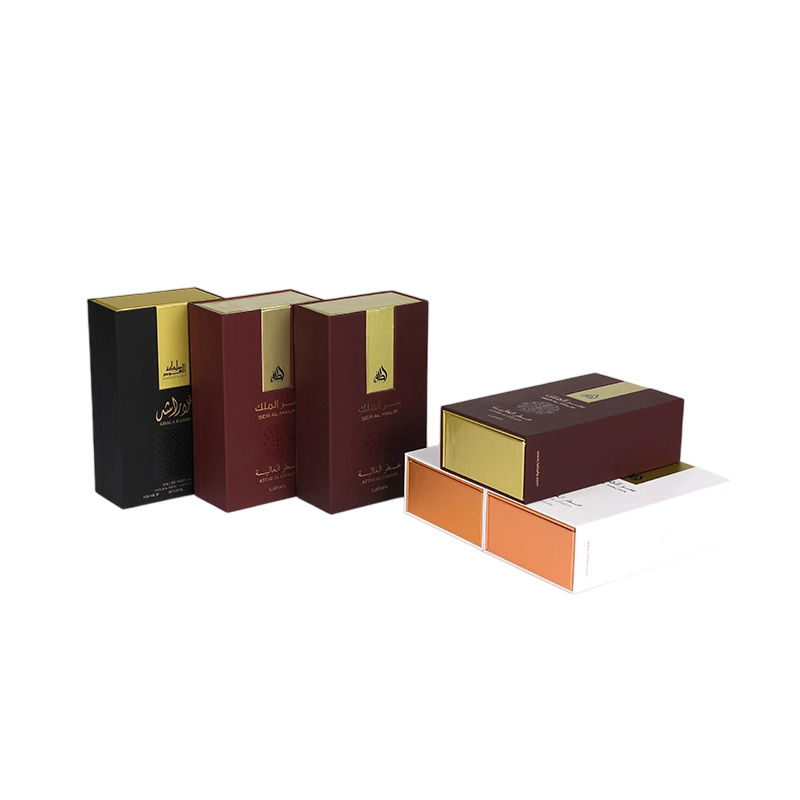The cosmetic industry thrives on aesthetic appeal, but functionality and convenience are equally crucial for consumer satisfaction. A well-designed cosmetic box can significantly enhance the user experience by providing effective internal organization. Here’s a comprehensive approach to designing cosmetic boxes that prioritize usability and convenience.
Before delving into design specifics, it’s essential to understand the needs and preferences of consumers. Surveys and focus groups can provide valuable insights into how customers use cosmetic products, what they value in packaging, and common pain points they encounter. By understanding these factors, designers can create boxes that genuinely cater to user requirements.
The dimensions of the cosmetic box should reflect the size of the products it holds. A well-fitted box prevents items from shifting during transport, reducing the risk of damage. Consider creating a modular design that accommodates various product sizes while maintaining a compact overall footprint.
Boxes that are slightly taller than the products can create a snug fit, preventing movement.Rounded edges can enhance ergonomics, making the box easier to hold and open.
One of the most effective ways to improve internal organization is through compartmentalization. Dividers and sections can help keep products in place, making it easy for users to find what they need without rummaging through the box.
Create foam or cardboard inserts tailored to specific product shapes, such as lipsticks, foundations, and brushes. This custom fit prevents items from colliding and getting damaged.Implement adjustable dividers that allow users to modify compartment sizes based on their preferences or the types of products they store.
Consumers appreciate being able to quickly identify and access their products. Designing boxes with visibility in mind can enhance user convenience.
Incorporate transparent or semi-transparent panels in the box design, allowing users to see the contents without opening it. This feature is especially valuable for multi-product boxes where quick identification is essential.
Utilize clear labeling inside the compartments or on the dividers. Icons indicating product types (e.g., lip, eye, face) can further enhance usability by guiding users to their desired items quickly.
Design the internal organization to facilitate easy access to products. Consider features that allow consumers to remove and replace items with minimal effort.
Incorporate pull-out trays or drawers that can slide out smoothly. This feature allows users to access items without having to dig through the box, reducing frustration and mess.

Design lift-out sections that can be easily removed from the box. This feature enables users to take only the necessary products when traveling, keeping the rest organized at home.
While organization is vital, ensuring that products are protected during storage and transport is equally important. The materials used for internal organization should provide cushioning and support.
Consider using padded inserts for fragile items like glass bottles or compacts. This added protection prevents breakage and enhances the overall durability of the box.
Design compartments with reinforced edges to ensure they maintain their shape and structure, even with frequent use.
In today’s eco-conscious market, sustainable packaging solutions are increasingly important. Designing internal organization with sustainability in mind can resonate well with consumers.
Utilize recyclable or biodegradable materials for dividers and inserts. This choice not only supports environmental initiatives but also appeals to eco-conscious consumers.
Adopt a minimalist approach to internal organization, reducing unnecessary materials while still providing effective compartmentalization. This can help minimize waste and improve the overall sustainability of the packaging.
Finally, it’s crucial to test the design with real users. Conduct usability tests to gather feedback on the internal organization, ensuring that it meets the needs and preferences of consumers.
Use feedback to refine the design continuously. An iterative approach allows for adjustments based on actual user experience, leading to a more effective final product.
Designing cosmetic boxes with a focus on internal organization can greatly enhance usability and convenience for consumers. By understanding user needs, optimizing compartmentalization, ensuring visibility, and maintaining durability, brands can create packaging that not only protects the product but also elevates the overall user experience. Incorporating sustainability into the design further enhances the appeal, making it a win-win for both consumers and the environment. By prioritizing these factors, cosmetic brands can foster brand loyalty and satisfaction in an increasingly competitive market.

 English
English 中文简体
中文简体 عربى
عربى
